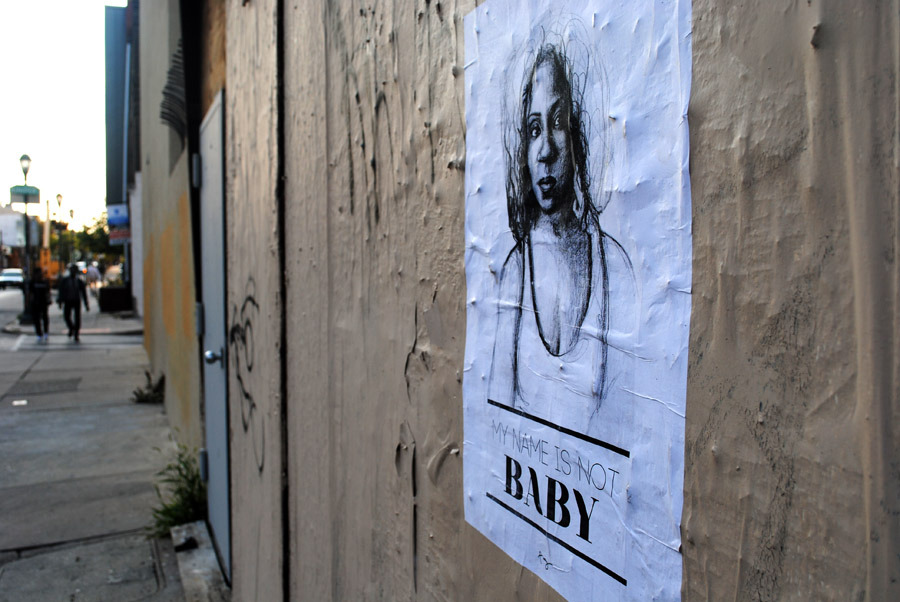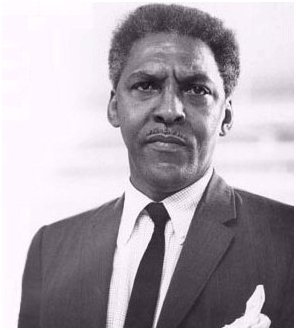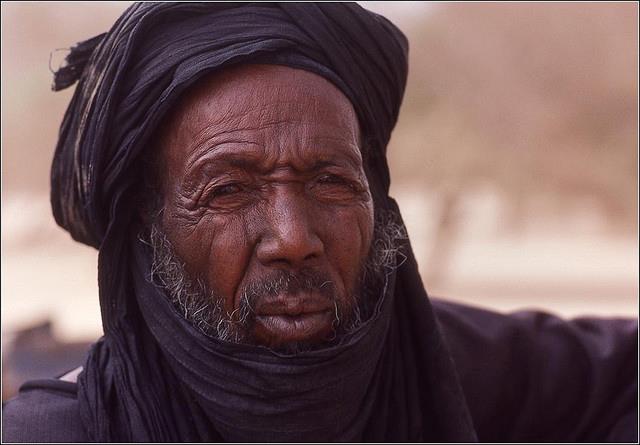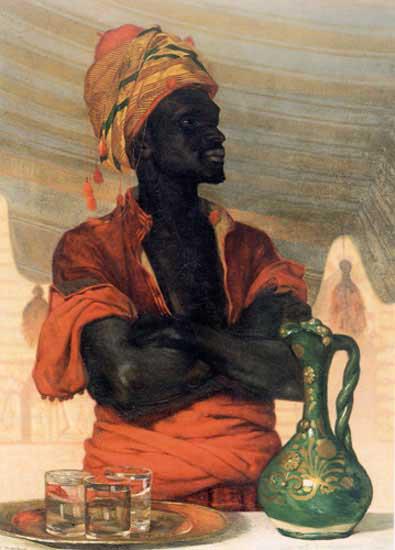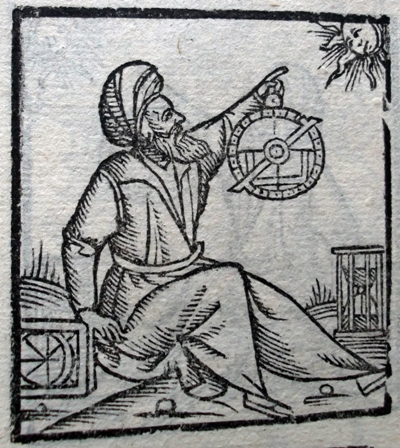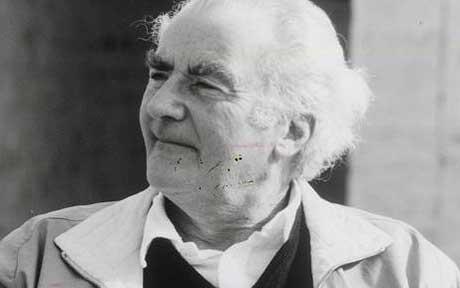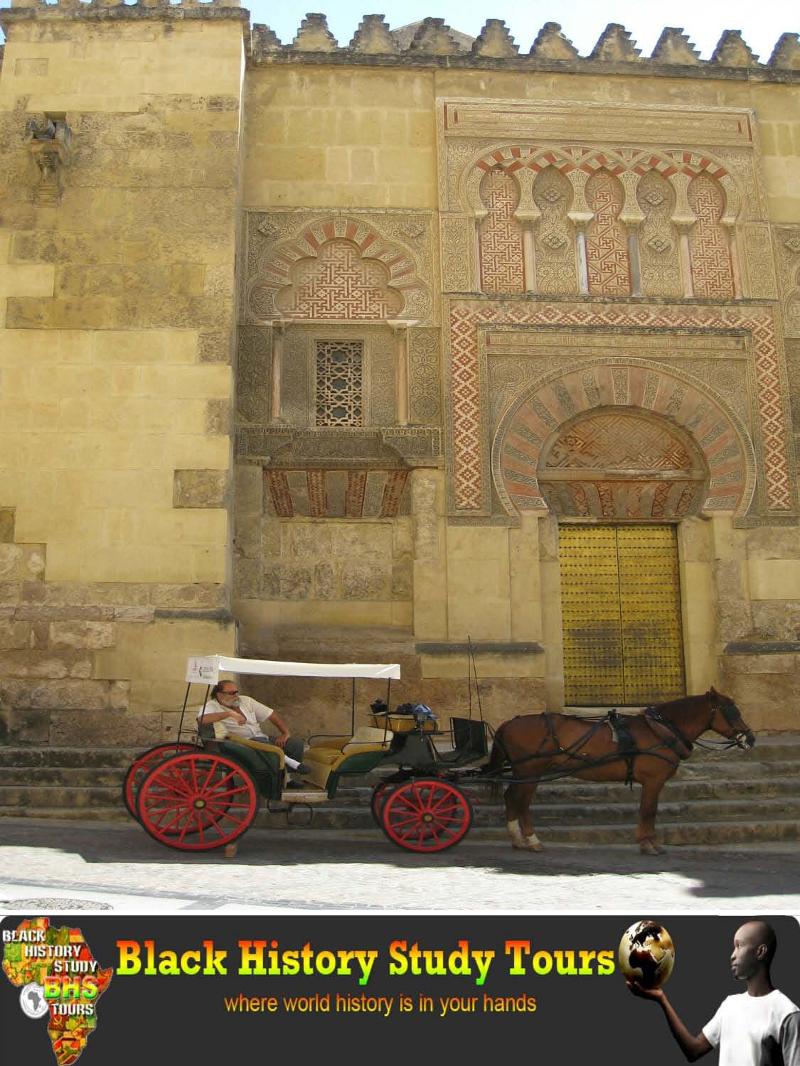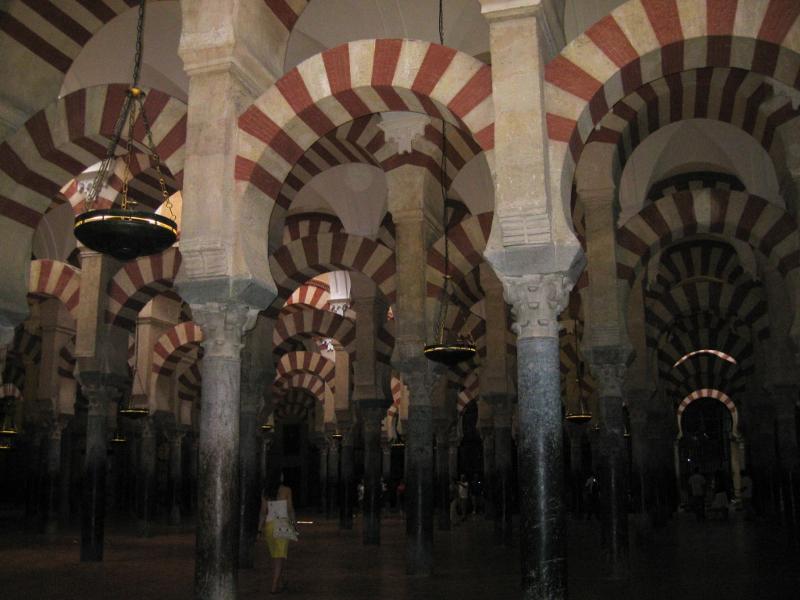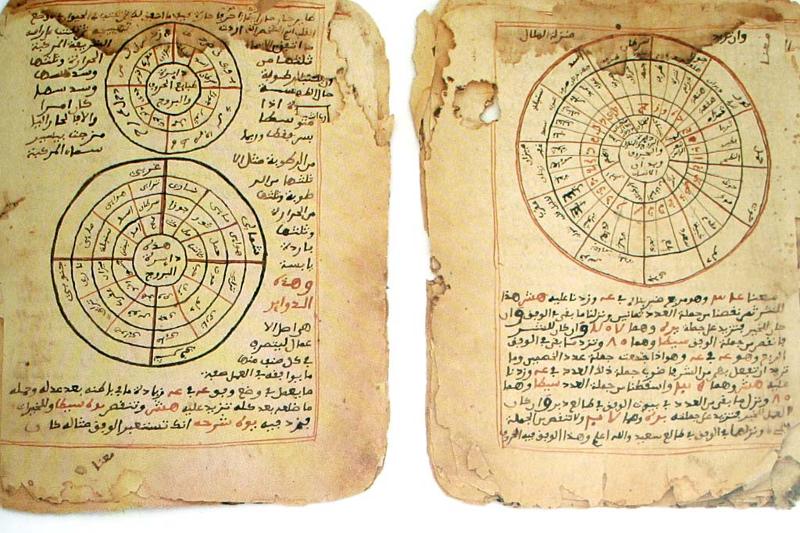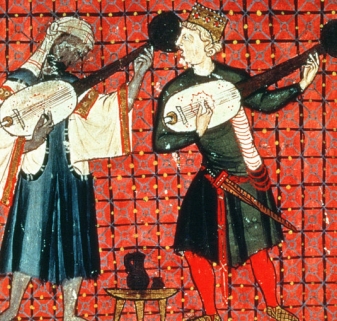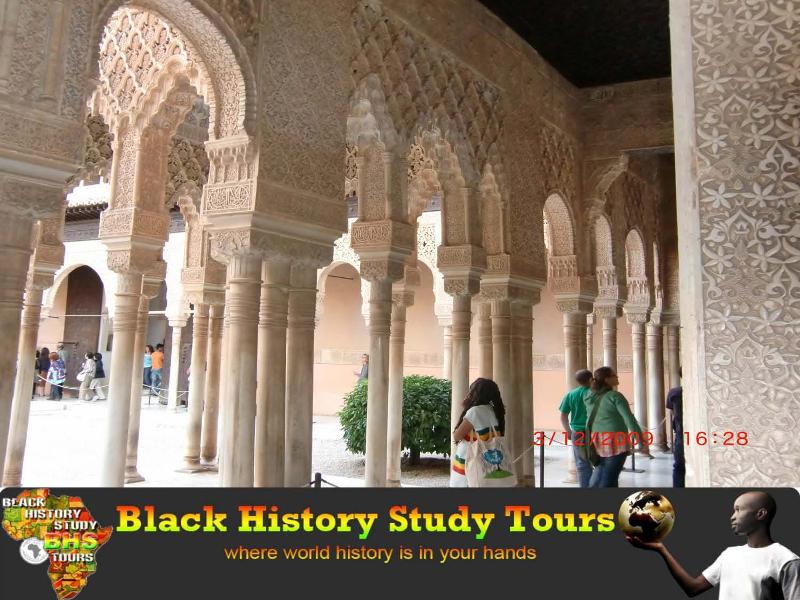Some thoughts on the
10-year anniversary
of the death of
Rachel Corrie
I was at my home in Olympia, Washington, on the morning of Sunday, March 16, 2003, when I received a call from Will, a friend who had traveled to Rafah. It was a pleasant surprise. I had already heard from Rachel Corrie, whom he had gone to Palestine with, but not from him, so my enthusiasm was pronounced when I asked him how he was doing.
“Um ... really bad,” he said. “Rachel’s dead.”
• • •
Rachel did not travel to Rafah with the intention of standing in front of bulldozers or performing direct action. In the initial years of the second intifada, international media focused on the West Bank. Rachel had heard from a friend that the suffering in the Gaza Strip, particularly in Rafah, was being ignored. She thought one way to draw more attention to the situation there was to establish a sister city relationship between her hometown of Olympia and Rafah.
My reaction when she told me her plan in the fall of 2002 was, “Why Rafah?” If she wanted to foster a sister city relationship to expose the humanity of Palestinians, why not go with a more approachable city such as Bethlehem, that would be more photogenic and easier to appeal to an uninformed public?
But it was precisely because Rafah had been so ignored, and because it seemed so unapproachable, that Rachel felt Rafah had to be the one.
• • •
Will had called me to get the phone number for Rachel’s parents. He was with Rachel at the time she was killed and wanted to be the one to break the news to them.
As a precautionary measure before traveling overseas, Rachel had emailed me and a few other people a list of emergency contacts. The biggest concern at the time was that she could be detained or arrested by Israel.
While on the phone with Will, I pulled up her list of contacts and discovered that the list—a very long list—was not in any sensible order. It was just a bunch of names and phone numbers, with no explanation of her relationship to the names. Which ones were her parents?
I told Will that I’d have to call him back after I determined which phone number belonged to her parents.
Thinking back on this ten years later, I can sort of laugh at the ridiculousness of the situation and blame it on Rachel’s character.
• • •
Although Rachel did not travel to Palestine to do direct action, she wasn’t averse to it, and the dire situation in Rafah made it inevitable. She had received training with the International Solidarity Movement to prepare herself for the unexpected, and to familiarize herself with her new surroundings.
Rachel was staying in Jerusalem in late January, waiting for an opportunity to make it down to Rafah. At the time, Israel was conducting a major assault in the Gaza Strip, making it difficult to get in. On January 27, 2003, Rachel wrote from Jerusalem:
We are going to try to make it to Rafah today, to join the internationals there who have set up a tent to stop the blanket fire and demolitions as much as possible. Everything is under strict curfew because of the election. More later.
When she finally made it to Rafah, she learned that some water wells had been destroyed, and the remaining functional wells were at risk of damage by the Israeli military. One of the first tasks she took on was to help guard the water wells.
• • •
On the morning of March 16, 2003, I was at home staring at a long list of emergency contacts for Rachel, trying to determine which number belonged to her parents so they could receive the news of her death. I needed to get them in touch with Will before they found out what had happened to Rachel through the news.
I called a few friends, hoping they would have the answer. That also meant breaking the news to them, which took some time. I then tried a few educated guesses from the list. I got some voice mail responses. Simultaneously, I was checking online news feeds, hoping that reports of Rachel’s death hadn’t traveled too far.
But the reports were spreading fast, and she was being named. By the time I got a hold of a family member, it was too late. They already knew.
• • •
News about the death of a young American woman in the Gaza Strip was the lead story internationally. A single headshot photo of Rachel in the Gaza Strip was circulating.
Seeing this reminded me of a different photo of Rachel in Rafah from the AP news wire in the previous month. Taken on February 15 at a rally against the pending US/UK war on Iraq, the photo showed Rachel burning a drawing of an American flag—taken from a bird’s-eye view—with Rachel looking up and holding the drawing above her head.
When the photo initially made the rounds in February, the accompanying caption misidentified her as “Alice,” who was a different young Caucasian female working in Rafah.
The photo was such an uncharacteristic depiction of Rachel—with the furrowed brows, the squinting eyes, and the mouth wide open while staring into the sky—that along with the misidentification, it made me laugh when I first saw it in February.
On the morning of March 16, however, I knew it would be a matter of time before the photo would resurface and become a focal point. By that afternoon, the news wires were recirculating the photo with the name corrected, and right-wing and Israelist websites were pouncing on it. Finally, they had their smoking gun.
• • •
In the early morning of March 16, 2000—exactly three years before Rachel’s death—an off-duty Haitian-American security guard in New York named Patrick Dorismond was approached by an undercover police officer inquiring about purchasing narcotics. Dorismond took offense at the question and an altercation ensued that culminated in a backup officer shooting the unarmed Dorismond in the stomach, killing him.
In the aftermath, Mayor Rudolph Giuliani tried to defend the killing by producing Dorismond’s history of arrests and charges, including two convictions for disorderly conduct and a previously sealed record of an arrest at age 13, when he got in a fistfight over a quarter, and for which he was not convicted. The records suggested, according to Giuliani, that the media
would not want a picture presented of an altar boy, when in fact, maybe it isn’t an altar boy, it’s some other situation that may justify, more closely, what the police officer did.
The media recognized this as a tasteless ploy to absolve the NYPD of responsibility by attacking the character of the victim. According to the logic, somehow several years prior, Dorismond had revoked his innocence and thus his eventual death in the hands of police officers, regardless of the circumstances, was permissible.
Dorismond was either a good person—meaning he had never done anything offensive to anyone in his lifetime—or else he was a bad person. And if he was bad, then one should have no sympathy should he happen to be killed by an arm of the government for unrelated reasons or for no reason at all.
The same logic dictated use of the “Bad Rachel” photo. If Rachel could make an angry face, and if she could allow her white self to do so while surrounded by an Arab horde, and throw in a burning paper flag—well, by golly, she’s just asking to be run over by an armored bulldozer operated by Israeli soldiers.
So when I see the photo of Angry, Nasty, Flag-Burning Rachel being brandished as if it were some trump card, as if that split-second represented All You Need To Know About Rachel Corrie, I find it pitiful for the photo-wavers. As Rachel had told her father, she was given a drawing of an Israeli flag to burn at the rally, but she felt she could not do that. However, she felt she could take responsibility for the actions of her own government.
Here is another photo of the same event—the drama knob turned down:
Frankly, I couldn’t care less if Rachel had been howling at the moon while biting off the head of a voodoo doll of George W. Bush in the presence of Palestinian children in Rafah. It bore no connection to the circumstances behind her death.
So let’s all agree that Rachel was no “altar boy.”
• • •
I spent the rest of the morning and the afternoon of March 16 on the phone. Some colleagues had issued a press release, and my landline number was included as a contact. Reporters were calling throughout the day. In between, I was calling friends to break the news to them.
In early March 2003, it was already known that the United States would soon invade Iraq. We just didn’t know when. A candlelight vigil against the pending war had already been scheduled that same night at 7 pm, at Percival Landing in downtown Olympia.
Rachel was a prime organizer in the anti-war movement in Olympia before she left for Palestine, so I there was no doubt that the candlelight vigil that night would also be the first gathering to remember Rachel.
• • •
Within a few hours after Rachel was killed, I was already seeing attacks against Rachel online. The Seattle ABC affiliate posted a straight news report on Rachel with the headline “Olympia Woman Killed in Anti-Israel Demonstration.”
Commenters on news sites blamed Rachel for her own death. After all, what was she doing in a war zone?
The sentiment was so common by Day One that I felt compelled to address it the following morning when I spoke on Democracy Now:
A lot of people might be asking—because I’ve been hearing this a lot—“What was she doing in a war zone?” Well, she was not in a “war zone.” She was in a residential neighborhood, a Palestinian residential neighborhood. And what we really should be asking is what are Israeli tanks and Israeli bulldozers doing in Palestinian residential neighborhoods?
And almost ten years later, Judge Oded Gershon, ruling from his Haifa courtroom in the Corries’ civil suit, made the same claim: Rachel was responsible for her own death because she chose to enter a “closed military zone” in a wartime situation.
• • •
For some in the Pacific Northwest, Rachel’s death evoked the earlier killing of another Northwest native, Ben Linder.
Linder was a solidarity activist who had traveled to Nicaragua in the 1980s in support of the Sandinista revolution. On April 28, 1987, Linder was overseeing the construction of a small hydroelectric plant to provide power to rural areas of the northern Jinotega province, when he and his local work crew were ambushed by Contras. Linder suffered multiple gunshot wounds, was possibly tortured, and finally shot in the head point-blank. Two others, Sergio Hernandez and Pablo Rosales, were killed by gunshot wounds and knife stabbings.
The next day, White House Spokesperson Marlin Fitzwater stated that activists such as Linder “certainly understand that they put themselves in harm’s way whenever they're involved in any internal strife in another country.”
Two weeks later, his parents appeared before a Congressional subcommittee hearing on his death and accused the Contras of murder. Representative Connie Mack scolded the parents:
I can’t understand how you can use the grief I know you feel to politicize this situation, or be used to politicize the situation ... I don’t want to be tough on you, but I really believe you’re asking for it ... Your son chose to go into an area he knew was dangerous.
Elliot Abrams, at the time the assistant secretary of state for Inter-American affairs, blamed the death on the Sandinista government, wondered if Linder “was a communist,” and suggested that his presence in a “combat zone” made him “a legitimate target.”
Mr. Linder’s death is a tragedy which need not have occurred. Our government has repeatedly protested to the Nicaraguan government its practice of permitting and even encouraging Americans believed to be sympathetic to the Sandinista regime to travel in combat zones ...
In our view, the assistance US citizens provide to the government of Nicaragua strengthens it and helps it deny the citizens of Nicaragua their political rights ...
I would hope that the tragic death of Benjamin Linder will serve to alert other Americans of the dangers they face in areas of conflict. I would also hope that the government of Nicaragua will discourage rather than encourage the travel of Americans into combat zones.
When asked to explain the Contras’ rules of engagement, Abrams stated,
That’s classified information ... They have their own guidelines—an elaborate system and a code of behavior.
The rhetoric employed at the Linder hearing should be familiar with anyone who has closely followed the Rachel Corrie story, which follows the same logic:
1. You are politicizing her death.
2. It was her fault for being in a “war zone” or a “closed military zone.”
3. Palestinians cynically put her in danger.
4. By being there, Rachel was providing support to terrorists.
5. Rachel threw herself into an internal conflict of foreign parties that did not concern her.
6. The IDF has a set of rules that we cannot question.• • •
Rachel’s detractors are ingenious when it comes to ways to stretch the limits of perceived logic to subvert her death. One of my favorite arguments is known as “The Other Rachels.” The premise behind “The Other Rachels” is that there were women who were killed in Palestinian attacks who coincidentally shared the name Rachel.
StandWithUs flyer
I never totally understood the argument (which is perhaps the point?), but if I had to break it down, I believe it would be on these bases:
1. It implies that the significance of Rachel’s death is predicated on the uniqueness of her given name.
2. It implies that remembering Rachel Corrie somehow prevents other people from remember anyone else named Rachel.
3. It implies that you are not allowed to grieve for Rachel Corrie unless you grieve for every person named Rachel.
4. It is dependent on Rachel having been named “Rachel.” If Cindy and Craig Corrie had named their youngest daughter Rapunzel or Mohammed, that alone would invalidate the argument.
5. It’s astoundingly exploitive in a camp way.
6. Coming soon: “The Other Martins”—white men named Martin who were killed by African Americans.
What makes the argument even more comical is how smug Rachel detractors often feel when they wield the questionable power of “The Other Rachels,” as if they had stumbled upon some mind-blowing truth.
Amateur theater critics protest the exclusion of all other deceased Rachels in the world from the play My Name Is Rachel CORRIE. (Hackney Empire, London, 1 Nov 2005)• • •
Around 6 pm, the calls from reporters tapered off. I soon left the house and biked over to Percival Landing for the candlelight vigil. When I arrived, Percival Landing was already packed. The sun had gone down, but the area was alight from the candles that people held in their hands.

There were people holding a large banner honoring Rachel. Others were holding laminated posters with a photo of Rachel, with the word “Peacemaker” underneath. And people were in tears.
I didn’t say much but just gave them hugs. It was my first real contact with people since hearing the news about Rachel, as I had been home by the phone all day. I felt compelled to just walk through the crowd and find friends who knew Rachel and give them hugs to comfort them. I didn’t know what else to do, and I was still on autopilot.
As I worked my way through the silent crowd, I eventually ran into a friend who I knew did not know Rachel. When I saw her, a torrent of grief that I had been holding back was suddenly released. I collapsed into her arms, held her tight, and started sobbing. No—I wailed. I pressed my face against her shoulder in a vain attempt to muffle my cries, but it all came pouring out.
Three days later, the local newspaper printed a letter to the editor by two prominent members of the Olympia community, commenting on the candlelight vigil:
It is Sunday night and we have just returned from what we thought would be a peace vigil at Percival Landing, in an effort to stop an American-led war against Iraq....However, we felt violated and tricked when the rally began to turn into an anti-Israel focus. How divisive....
Are we saddened by Corrie’s death? Absolutely. Do we think there should be peace for Palestinians? Yes, as well as peace for Israelis.
Those who wanted a pro-Palestinian rally could have, and should have, arranged one somewhere else or at a different time...It was disrespectful to the organizers and the attendees to change the rally’s focus...
• • •
Thinking about Rachel also reminds of her ex-boyfriend, Colin Reese. When I saw him at the candlelight vigil, I told him that Democracy Now was doing a report on Rachel in the morning, and they needed a photo of her. Colin reached into his pocket and pulled out this photo:
In the subsequent months, I came to know Colin and became friends with him. He was committed to finding justice for Rachel. He died eighteen months after her.
• • •
Conclusion
“There is a possibility I’ll be hurt, even killed. That is our reality that we must recognize. But we must not dwell on that. I have no plans … [to be] a martyr. I know that isn’t my place on this earth.” —Ben Linder
“Emmett Till is dead. I don’t know why he can’t just stay dead.” —Roy Bryant, nearly 40 years after murdering Emmett Till
What to think about the death of Rachel Corrie? For me, there are three Rachels—by which I don’t mean “The Other Rachels.”
Foremost, I think about Rachel the person. Along with that comes the reflexive inclination to think about the things I could have done for her, the things I could have said to her, and the ways in which I feel I failed her.
But there’s a difference between dwelling on the what-ifs and being responsible for her death. A reporter asked me the day after she was killed if I felt responsible for her death—a stupid question—and my answer remains, “No. I didn’t drive the bulldozer, and I didn’t oversee the bulldozing operation.” My feelings of responsibility extend as far as anyone would feel over a sudden, unexpected death—and they’re the same feelings that I have over Colin’s death.
The second Rachel is the fallen activist. Much has been said about how Rachel’s death—the death of a white American woman—has been unfairly given more value than the death of Palestinians. It’s true. But I also see her death as that of a fellow activist, so it is a loss shared by Palestinian activists, activists in solidarity with Palestinians, and activists in other causes for those struggling against injustice. As an activist, she was one of us.
The third Rachel is the martyr—a term that has been demeaned by Israelists who see martyrdom only in terms of PR—because damn Israelists can only understand things in terms of PR.
Every movement has martyrs. It is not be a desired thing, but we can’t pretend our friends aren’t dead, or that they just passed on quietly. Martyrdom is an acknowledgment, not necessarily a glorification. It happens in the scope of a movement. It reminds us of what we fight for, and why we must continue the struggle.
To accuse us of “politicizing” Rachel’s death is to force us to only see her death as “tragic” and to shame those who dare ask why she was killed. It seeks to dismiss the cause of death as irrelevant in order to absolve the perpetrators.
But that’s not how the world sees it. The martyr aspect is the aspect of Rachel that is owned by the world—not owned by her family or her friends.
The martyr aspect is not of Rachel the person. It’s of Rachel the idea, the inspiration, and the reminder. She has become a symbol worldwide for the oppressed—which I would have dismissed as sounding arrogant if it hadn’t been acknowledged repeatedly.
Actually, there’s a fourth Rachel. That’s the Rachel that haunts the supporters of Israel. It’s the one that evokes the words of Roy Bryant quoted above: “I don’t know why she can’t just stay dead.” And it’s the one they can no longer kill, try as they may.
I recently came upon a statement written by one of the organizers of the candlelight vigil in Olympia on March 16, 2003. It was written immediately following the vigil. She wrote:
[W]e had thought that the Olympia vigil would be much like the other 6000 or so vigils around the country and around the world. But this morning we found out that a beloved member of the Olympia peace community, Rachel Corrie, had been killed in the Gaza Strip by an Israeli Army bulldozer....
Over 600 people came to the vigil, along with a large number of local and national news people. An altar was set up for Rachel, a statement from her family was read aloud, a few others spoke, but mostly the vigil was silence or singing. There were fellow Evergreen State College students, families, couples, people coming alone, people crying or standing silently.
There was a feeling that suddenly Olympia was at the center of the world tonight.
++++++++++++++++++++++About Phan Nguyen
Phan Nguyen is a Palestine solidarity activist based in New York. Follow him on Twitter: @Phan_N










